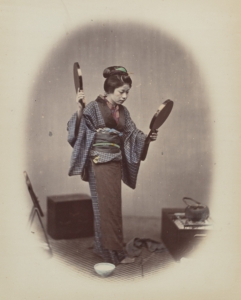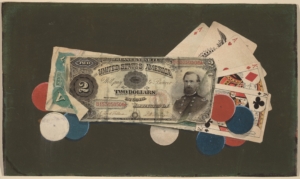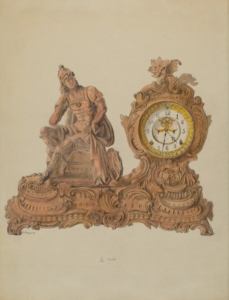Crafting Estimates that Get Responses
A Guest Blog from Loud Communications, by Michael Ivan Schwartz
Have you ever wished you knew what your client was willing to pay for your services or product?
In creating an estimate for a client, you may dream of being able to read their minds. To find that exact number that they’re willing to pay, that gets you the job, and rewards you at the maximum level. This reminds me of one of my favorite episodes of Taxi (a sitcom from the late 70s to early 80s). It’s honestly a bit scary how well I remember this episode that I probably saw once when I was a teenager.
The episode’s story is that Iggy (an often spaced out taxi driver) has accidentally burned down the apartment of Louie (the curmudgeonly boss). Iggy reveals in a letter to Louie that his wealthy father whom he has never asked money from before is willing to pay Louie for the damages. With the letter is a blank check with the instructions for Louie to make it out for whatever he thinks is fair. The only caveat is Iggy needs to tell his father how much the check is so he can make sure the account can cover the amount.
Figuring out what to include in your estimate is a lot like this tension that Louie faces. There’s a balance between greed and integrity and the value to your client and in business what other people are offering.
How do you present the numbers?
- Put one flat number to sum it all up?
- Create a menu of options for the client to choose from?
- Is it best to do a line item for each component with a final tally at the end? Do you give three levels of options: low, medium, and high?
I’ve been creating quotes for my video production and photography services for over 20 years. I’ve tried all of the methods above and more. While I can’t tell you the right way to create your estimate (there probably isn’t one) I can share some valuable questions to ask your client and yourself to maybe find a better way to create your quotes.
What number to give?
Ideally, you can simply ask, “What’s your budget?” Or, as I’ve learned, it’s a bit easier to ask, “What’s your budget range?” Sometimes though it doesn’t feel appropriate or the client dodges the question and requests that you create the proposal without that information. And even if they do give you a specific amount… Do you simply make it fit that?
The number to give is likely a combination of a dollar amount and the value that could be achieved at that point or more. I like to show them what they would get within that range and also offer what more dollars could be used to do, just in case they have some flexibility.
What impacts the number to give?
The more you can know about your client the better you can present an accurate estimate. If you’re able to have a detailed conversation with them I’d encourage asking about previous work they’ve had done with other vendors. What did they like or dislike about the process and end result? Finding out the purpose for the project, how it will be used, who they’re aiming to serve with your work will give you some perspective on what this job is worth to them.
I’ve found that for new clients that I know the least about I will tend to aim higher. The pitfall of trying to be the lowest bid to win the job is likely going to lead you to some of the worst client experiences. That said, if you’re new to the industry and are desperate to get work, sometimes getting in the door and learning from your under budgeting is the path needed to improve your estimating.
It is all practice.
The more experience you have crafting estimates and seeing what has worked or not can help you fine tune your proposals.
I can remember the first time I had a client pick the high price of my 3 levels and I was shocked! It had never happened before. Folks always picked the low or medium price. It helped build confidence in what I could offer if the budget allowed.
Your number is important too.
Knowing your bottom line costs and your desired profits to stay in business is the first step in creating an estimate that doesn’t get you in trouble. Learning what is common pricing practices in your industry and understanding where you fit within the competition of folks doing similar work is also an important piece of the puzzle.
However, I believe the component that trips us up the most is learning the aim of your client. Why are you best suited to do this job? The more you understand that, the more likely you are to nail that blank check to the penny.
If you are thinking about your estimating process and need some help developing it feel free to reach out to the agency directly to chat further. We hope to see you out there!
Burkholder Agency offers regular free virtual professional development sessions that explore topics of finance, marketing, sales and strategy similar to this post. Sign up to join or get invited to future sessions.




